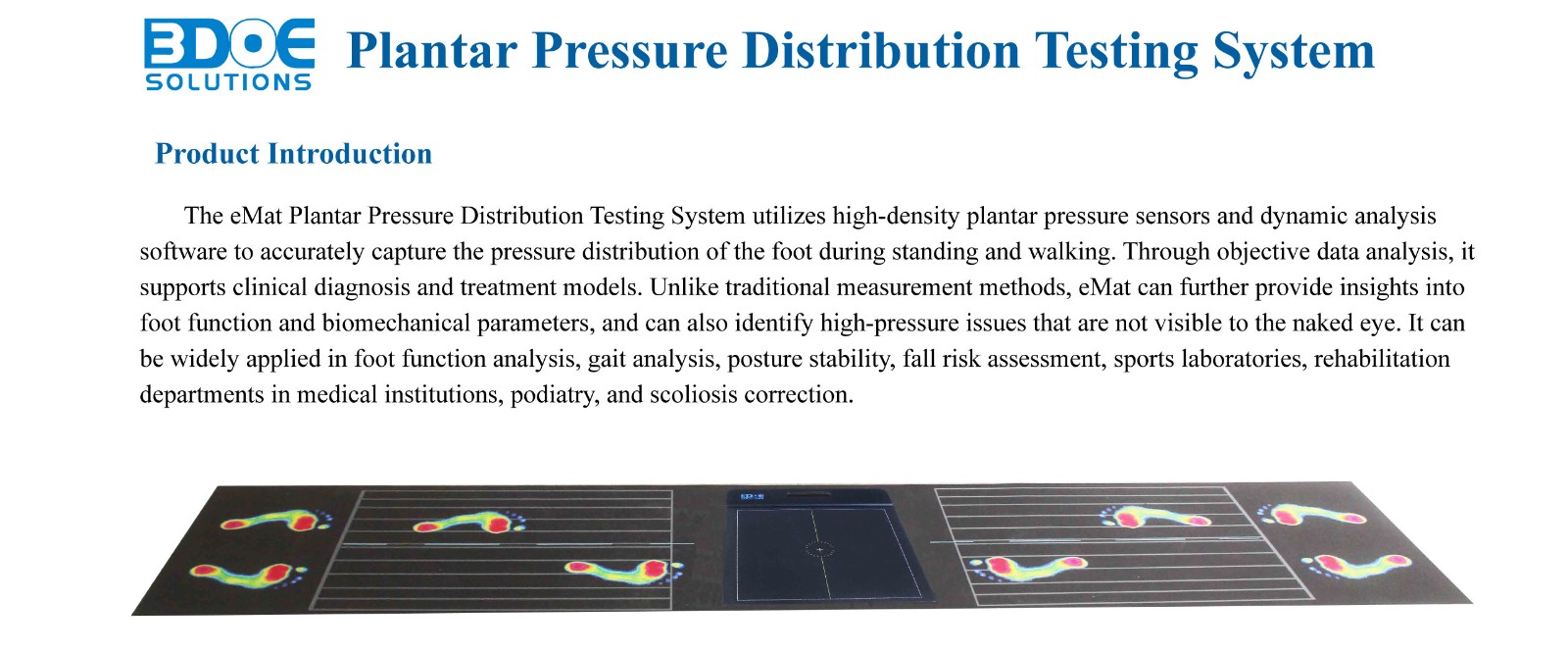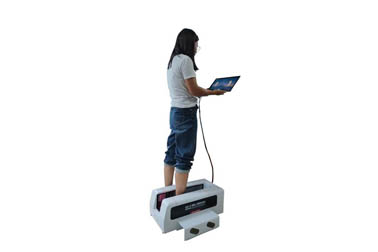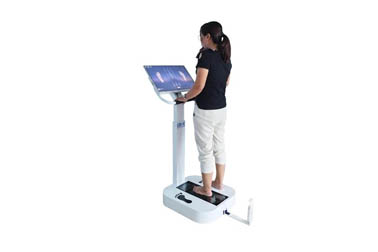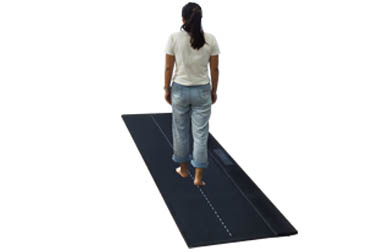Application of Plantar Pressure Plate in Skiing Standing Posture Optimization
Core Mechanism of Action
The plantar pressure plate provides quantitative basis for standing posture optimization by real-time monitoring of the plantar pressure distribution of skiers. This system adopts high-density sensor arrays (up to 3600 sensing points/cm²), capable of precisely capturing pressure change characteristics during standing and gliding.
Key Optimization Indicators
1. Center of Pressure (CoP) Analysis
Detecting whether the center of gravity is located in the optimal force-bearing area of the snowboard (usually from the forefoot to the arch area)
Identifying abnormal deviation of the CoP trajectory to prevent falling risks caused by rearward center of gravity shift
Quantitatively evaluating the pressure distribution ratio between front and rear feet on the snowboard (ideal state is 60:40)
2. Arch Support Evaluation
Analyzing arch pressure distribution to determine whether custom orthotic insoles are needed
Detecting the correlation between degree of arch collapse and knee valgus
Optimizing the transmission efficiency of the plantar fascia force line (toes–arch–calf–hamstrings–glutes)
3. Dynamic Balance Testing
Evaluating the stability index during single-leg standing
Detecting the smoothness of pressure transfer during turning
Analyzing the adaptability of pressure under different snow conditions
Typical Application Scenarios
Basic Standing Posture Correction
Adjusting foot parallelism and shoulder-width ratio through pressure distribution maps to ensure even distribution of the center of gravity. Ski simulator data show that optimized standing posture can improve turning efficiency by more than 40%.
Front and Rear Foot Pressure Distribution
Adjusting binding angles (recommended ±9° for beginners) according to pressure data to optimize the pressure ratio of front and rear feet. Professional athletes can precisely control the compression degree of long springs/short springs through pressure feedback.
Specialized Technique Enhancement
Slalom: analyzing peak pressure distribution during edge setting
Freestyle skiing: evaluating impact absorption during jump landings
Speed skiing: optimizing stability of the pressure center during high-speed gliding
Implementation Recommendations
Testing Process
Static testing: measuring pressure distribution under different standing postures (parallel / snowplow)
Dynamic testing: analyzing pressure change characteristics during gliding
Comparative testing: comparing pressure distribution differences before and after optimization
Training Program
Performing balance training (such as single-leg standing) through pressure feedback
Combining fascial training to enhance plantar perception ability
Regularly testing the improvement of standing posture (recommended once every 2 weeks)

 +86-0755-86131192
+86-0755-86131192 2025-09-03
2025-09-03 Back to list
Back to list








 +86-0755-86131192
+86-0755-86131192